Let’s Talk Contributions
The deadline for contributing to an HSA is your tax-filing deadline. This means that you have until April 15th of 2021 to make a 2020 contribution. If you have not maxed out your contributions, you may receive a call from your tax preparer. They’ll let you know that you still have room to put more money toward the plan. You can simply write a check into the account because an HSA does not have to be funded from payroll contributions.
Health Savings Accounts and Withdrawls
Likewise, it’s important to note that you do not have to use an expense in the year it was incurred. For example, if you paid $1,000 for a root canal in 2018 and did not take it out of your HSA, you can keep the receipt and use it in 2025 to draw out $1,000 from your HSA tax-free. There is no time-limit on when an expense must be used. Of course, with inflation decreasing the value of your dollars over time, it makes sense to use the expense sooner than later.
The Investing Benefit of a Health Savings Account
Passing it On
If you have an HSA, I hope you are now planning how to maximize your contributions toward it. Healthcare expenses are almost certain. Planning out how you can pay for them ahead of time can make a huge difference to, not only your financial position, but your quality of life as well.
If you need help evaluating your options, call us today!

